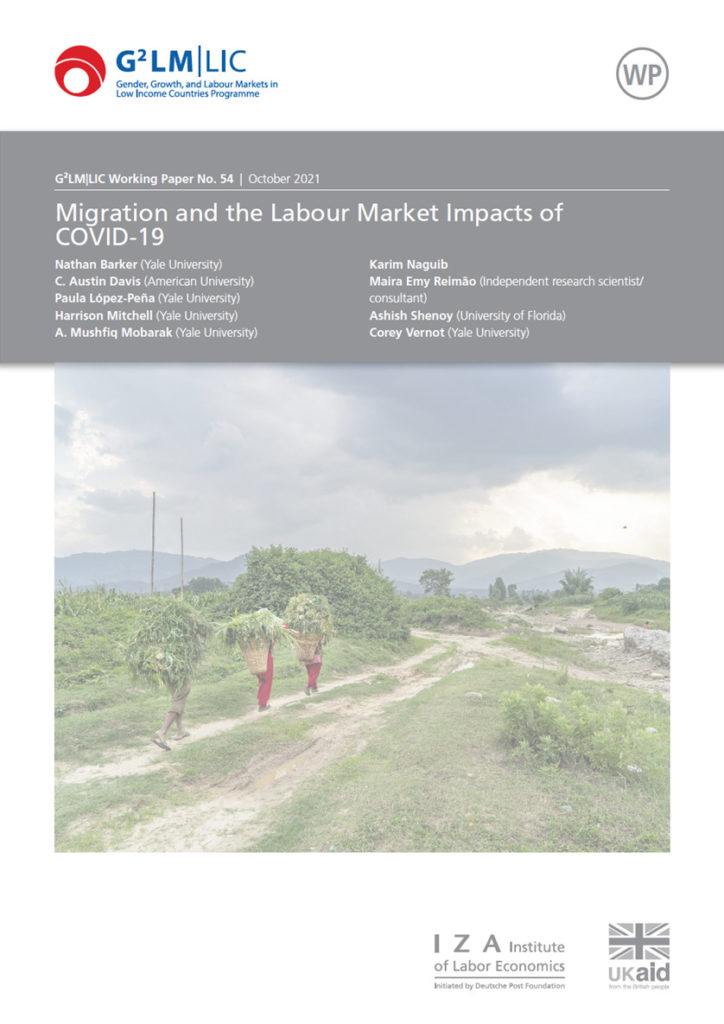Since COVID-19 is primarily transmitted via face-to-face contact, migration plays an outsized role in its global spread. Furthermore, as social distancing policies entail a restriction of migration, be it international or national, households’ whose income is dependent to some degree on labor migration remittances have seen their livelihoods considerably affected. With 272 million people living outside of their country of birth and estimated 763 million internal migrants worldwide, of whom two thirds are in LMICs, the issue becomes very relevant in the context of a pandemic. Poor households that engage in labor migration face moreover a triple threat: increased exposure to the virus, local economic exposure to global downturn, and vulnerability to economic contraction in the destination markets.
To investigate the economic impacts of COVID-19, the researchers construct panel data from phone interviews of representative samples of migrant and non-migrant households in April and May 2020 linked to prior studies in Bangladesh and Nepal. With it, earnings declines in the COVID-19 period are found to be 25 per cent greater among migrant households than among non-migrant households across all samples. This leads to excess food insecurity up to four times greater than that faced by non-migrant households. Read the detailed Working Paper here.
